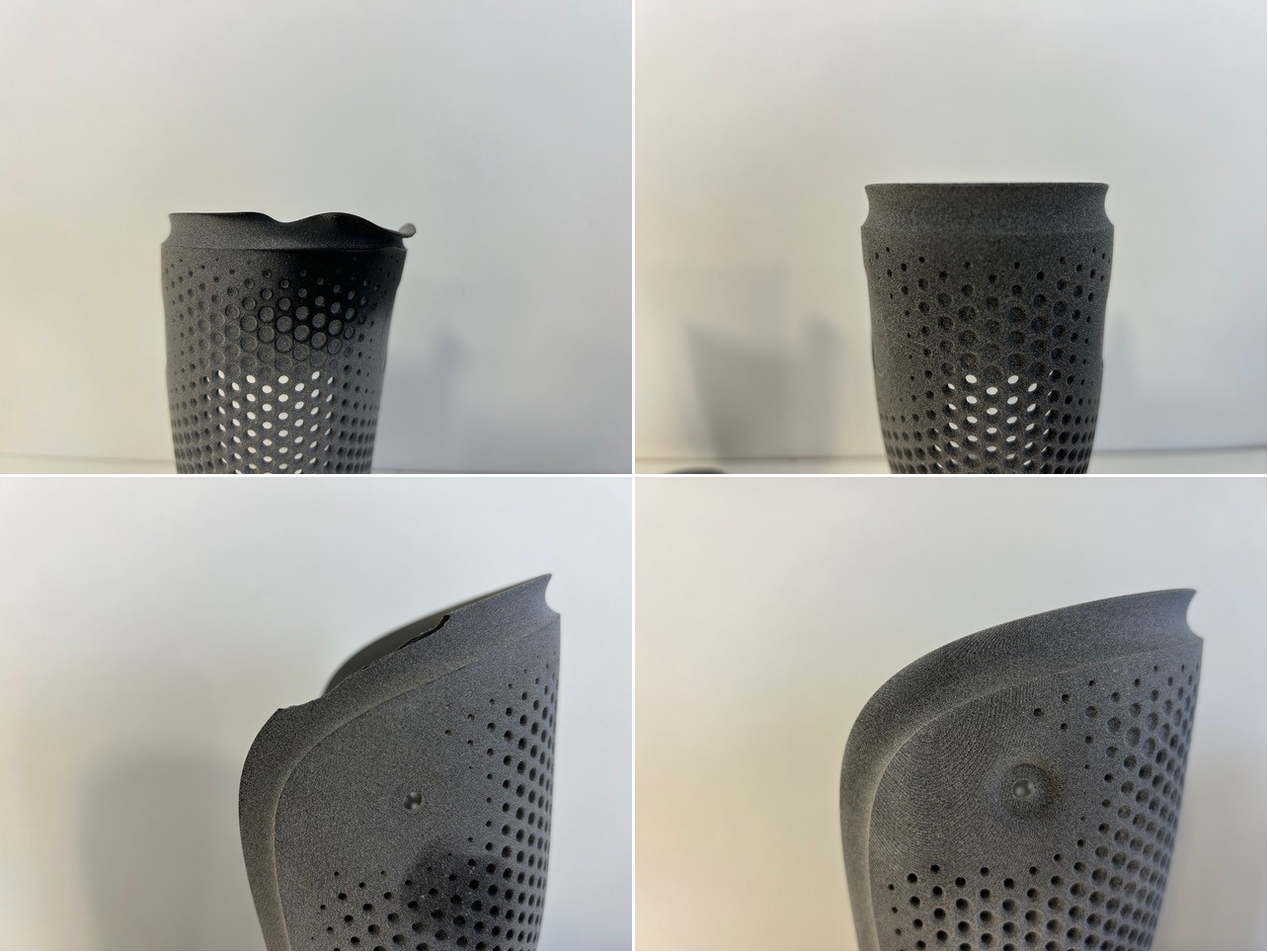Partner: ING Corporation, spol. s r.o.
Field: Biotechnology, Healthcare
 ING Corporation, Ltd. focuses on research, development and manufacturing of medical devices. It uses modern technologies (3D printing, CNC machining) and advanced materials (composites, silicones, engineering plastics, light metals). It is one of the leading companies in the Czech market in prosthetics.
ING Corporation, Ltd. focuses on research, development and manufacturing of medical devices. It uses modern technologies (3D printing, CNC machining) and advanced materials (composites, silicones, engineering plastics, light metals). It is one of the leading companies in the Czech market in prosthetics.
The goal of the collaboration with the National Competence Centre in HPC was to develop and verify effective procedures for analysing the shape of manufactured products, especially focusing on identifying possible inaccuracies. First, it was about processing a dataset that represents scans of 3D product data. In the second place, the aim was to design a solution that predicts potential defects and deformities of final products. This is because these are usually manually checked by an expert and implementing a machine vision based solution can offer a significantly more efficient and accurate approach. Using the supercomputers of the IT4Innovations National Supercomputing Centre to efficiently process large volumes of data, for example in the form of point clouds, has become essential and has enabled the development of accurate and fast prediction algorithms.

Our solution is based on Convolutional Neural Networks (CNNs), specifically using the PointNet architecture, to generate descriptive points and relevant information that characterize the product. This information determines whether the product’s shape meets the standards. The detection process works with product design data and post-production product data. We use data in the form of a 3D point cloud. The algorithm calculates the manufacturing error rate by comparing the final product to its proposed construction. Our approach provides only a first glimpse of the solution to the problem. To achieve better results, more production data would be needed.
Jiří Rosický, CEO of ING corporation
“The proposed solution can make production more efficient thanks to the possibility of detecting non-conforming products. In the next phase, it would be possible to use the results to identify problematic parts of the product design itself. It would further improve the efficiency of the entire design-manufacturing process.”

